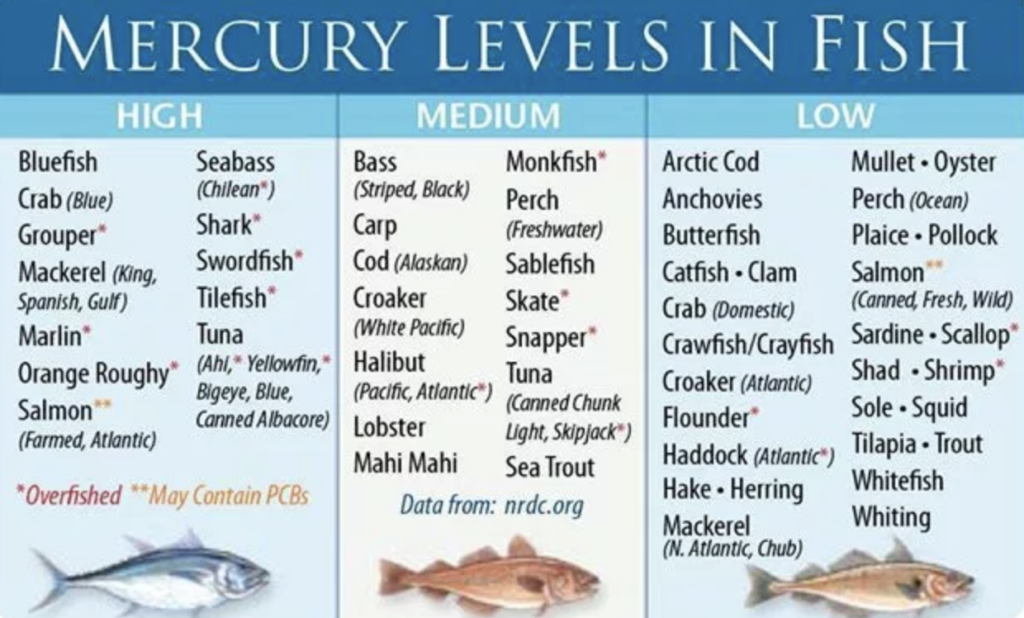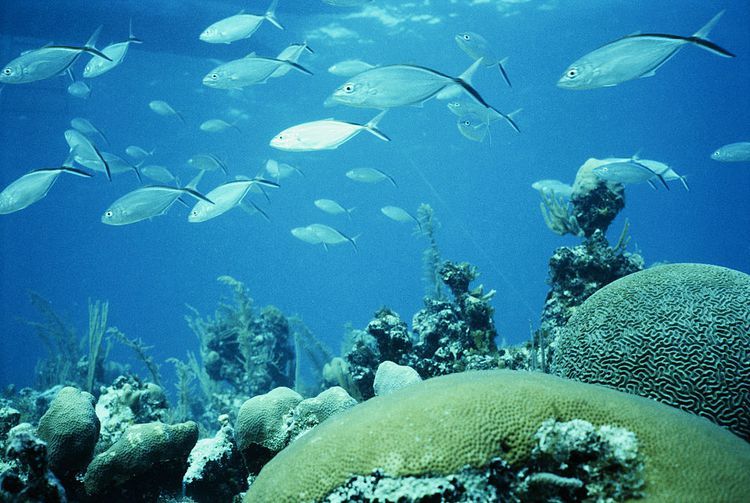The health benefits of nutrient-rich seafood are widely recognized. The challenge lies in How to balance Seafood Nutrients vs Toxins. Each seafood type, from salmon to clams, boasts a unique nutrient profile, flavor, and texture. Rising concerns among consumers about mercury and other toxins in fish are noteworthy. In this article, we guide you towards the healthiest and safest choices.
Wild-caught Alaskan Salmon
Wild-caught Alaskan salmon outshines many others. This excellent choice has less toxin than farmed versions. It’s also a reliable source of omega-3s. Consume about 3.5 ounces twice weekly.
Sardines, Anchovies, and Mackerel
Small, oily fish like sardines, anchovies, and mackerel from the Atlantic and Pacific are high in omega-3s and low in mercury. Consuming these 2-3 times a week contributes significantly to a healthy diet.
Herring and Freshwater Trout
Consider herring and freshwater trout. They’re low in mercury and nutrient-rich. Aim to enjoy these fish several times per week, maintaining servings at 3.5 ounces.
Shrimp, Clams, and Lobster
Mercury levels are low in shrimp, clams, and lobster, making them safe for regular consumption. Shrimp is low in calories, clams provide ample iron, and lobster offers a good dose of protein and selenium.
Tilapia and Catfish
Tilapia and catfish, popular choices, have moderate mercury levels. Limit these species to once a week. Keep in mind, warnings have been issued about farmed tilapia from China. Avoid it.
Pollock, Flounder, Cod, and Haddock
Pollock, flounder, cod, and haddock present low mercury levels. These fish can be consumed two to three times a week. Prioritize sustainably caught options.
Crab
Crab, although a delicacy, contains little mercury. Safely enjoy it twice a week.
Canned Light Tuna
Canned light tuna, a safer alternative to albacore, boasts lower mercury levels. Keep your intake below 12 ounces per week.
In Summary
Concerns about mercury content are valid, but many seafood options are both safe and nutritious. Make choices like wild-caught Alaskan salmon, sardines, and clams, which have lower mercury levels. Limit your intake of higher-mercury fish to enjoy a varied seafood diet without worry. Please read a-close-look-at-the-seafood-menu/


